Who even reads newspapers nowadays? Turns out it's more people than we think.
The internet has smothered newspapers in popularity, but traditional media are still the most trusted news sources—and even growing stronger in the fake news era. While the number of newspapers is shrinking on a global scale, their authority and relevancy are growing. Can't miss out on print coverage if you want to build a high brand reputation and credibility.
The guide you're about to read shows how to use print media tracking to create well-informed and effective PR strategies in 2025.
What is print media monitoring in 2025?
For the sake of clarity, I'll state the obvious.
Print media monitoring is the process of tracking and analyzing mentions of your brand, your clients, or relevant industry topics in printed publications.
It used to be done only manually, but, since the PR world progressed, even paper has gone digital. Well, not literally.
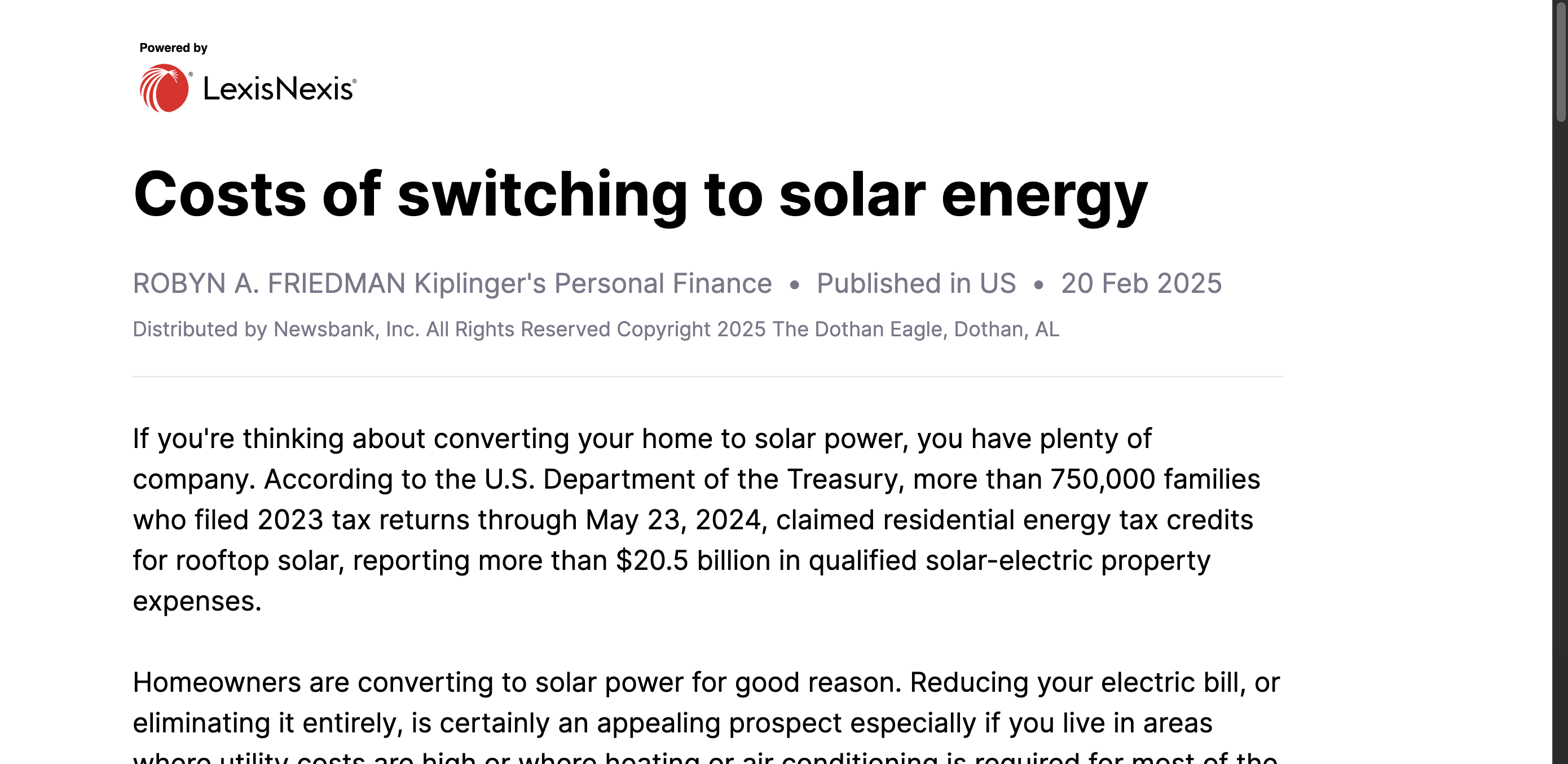
There are still many opportunities to earn mentions in paper publications on a national and local level. Prowly's Media Database contains insights about 14,000 newspapers and magazines in the US alone.
Why is print monitoring important (still)?
Simple reason: your audiences are reading magazines and journals and they aren't going anywhere. To name a few:
- News readers want reliable sources of information.
- Businesspeople stay for non-clickbait opinions and thorough analyses of their industry.
- Heavy smartphone users are trying to take a break from their screens.
Some industries still treat print as their top media outlets
Among them:
- Fashion and lifestyle brands want to be featured in glossy magazines.
- B2B companies care about mentions in trade publications.
- NGOs and public affairs keep print opinion magazines in their tier 1 lists.
And you can help them get there. You just need a good PR strategy fueled by print monitoring insights.
How print media monitoring works in 2025
Vintage PR pros remember the time when physically flipping through pages and cutting out clippings was the only way to get proof of print media coverage. It was slow, meticulous work—yet it's still the only way some of us do it, even though there are print monitoring tools for that.
Print monitoring tools like Prowly provide an automatic print clipping service. You get a base of magazines and journals from which you can automatically collect mentions.
But... how?
How to do print monitoring
The licensed provider buys and digitalizes print content for you. From then on, it's just like any other media monitoring software:
- You create a query for your brand, keyword, competitor, or whatever else.
- You narrow it down with filters to get just the results you're looking for.
- You browse and save the mentions in digital form.
What's the benefit of using print monitoring (other than speed and efficiency)?
You can perform offline and online media analyses on a scale you would've struggled with before.
How to analyze print media coverage
Now we're getting into the nitty-gritty.
To fully utilize your print monitoring tool, you should aim to understand the media landscape, not just find relevant mentions. That's where dashboards come in handy, helping you track what's going on, find trends and correlations, extract useful insights, and create effective strategies.
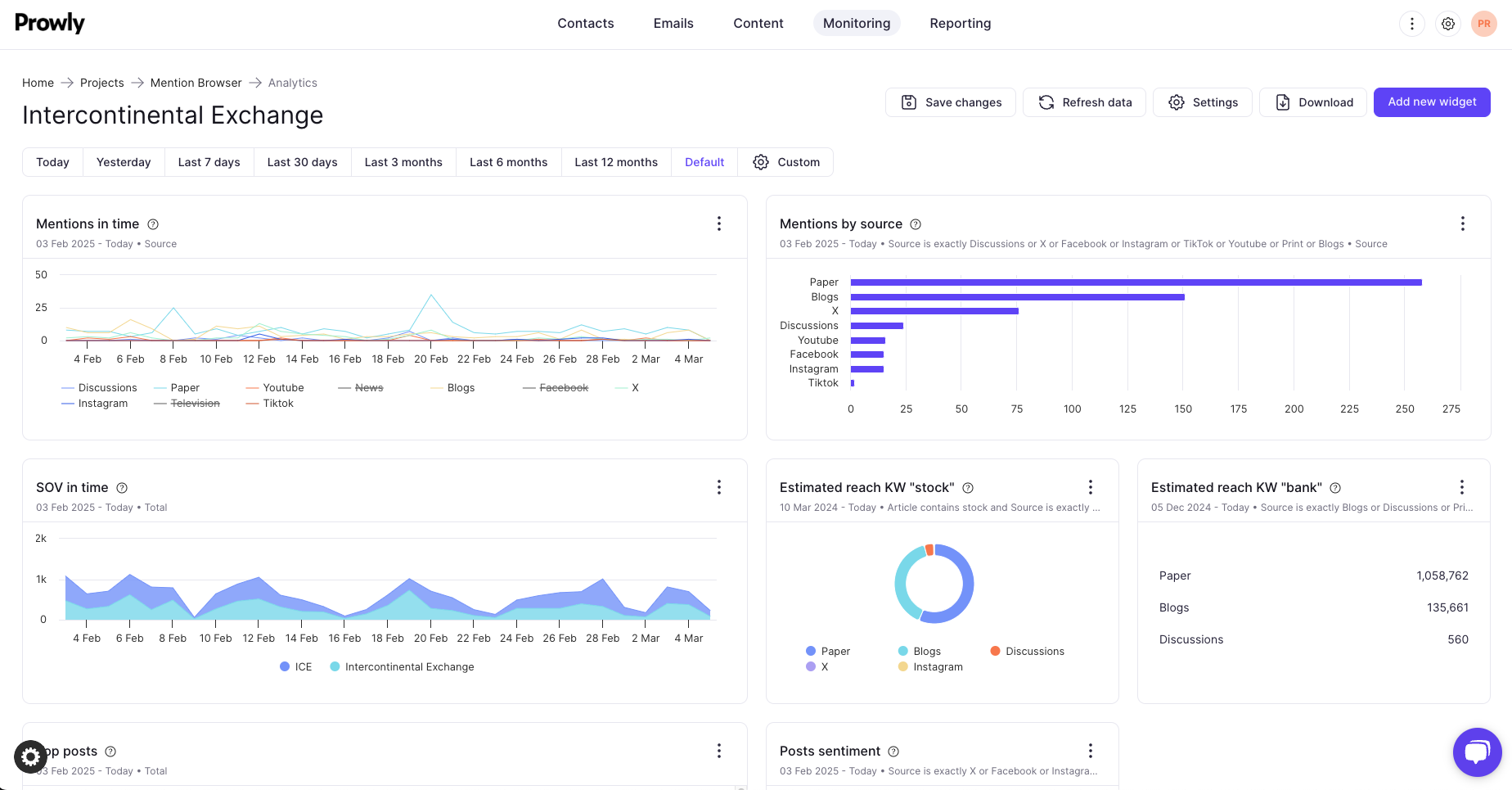
Here are the key metrics that'll help you get a better understanding and make informed decisions:
Share of voice (SOV)
SOV reveals your relative visibility. You can compare your brand's presence in print outlets to your competitors, giving you an amazing bird's-eye view of your share and possible influence.
It's the go-to metric for showing your stakeholders a stunning before and after in the competitive landscape.
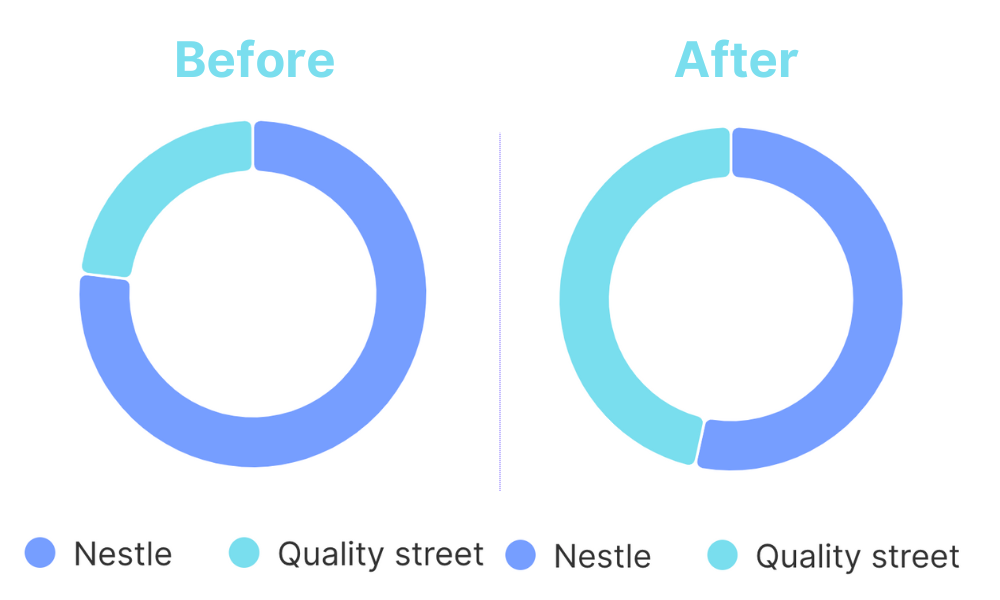
Volume of print coverage
It's the simplest metric, giving insight into your overall visibility. To assess the exact impact of your PR efforts, you can track coverage patterns and trends across a specific period of time.
Print mention sentiment
But what good does just counting mentions do? Analyze the tone and context of your print coverage.
You can do that manually by reading every mention and looking for specific language and phrases that indicate sentiment. Example: "Innovative breakthrough" vs. "Controversial approach."
Or, you can use media monitoring software that detects the sentiment for you. But make sure it's correct—algorithms can make mistakes in detecting human attitudes.
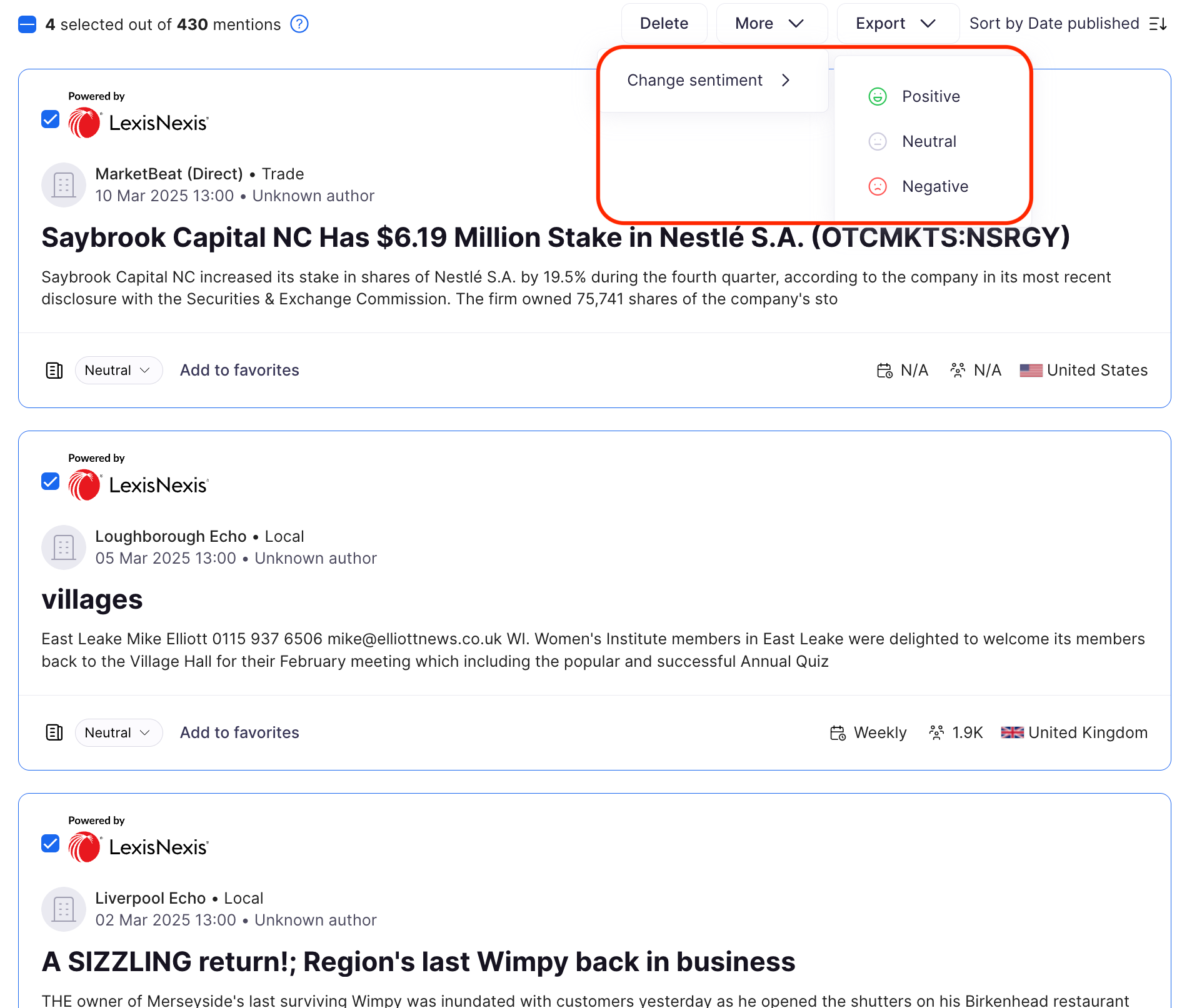
Estimated reach/readership/circulation
Estimated reach can be a great addition to your media coverage reports, as long as you understand it's not extremely accurate. That's the risk of doing estimates, unfortunately.
The metric is useful if there are significant differences in reach across weeks or months.
Luckily, you don't have to take these measurements yourself; creating a readership estimate comparison could take you a few afternoons. Just choose a print monitoring platform that will do it automatically.
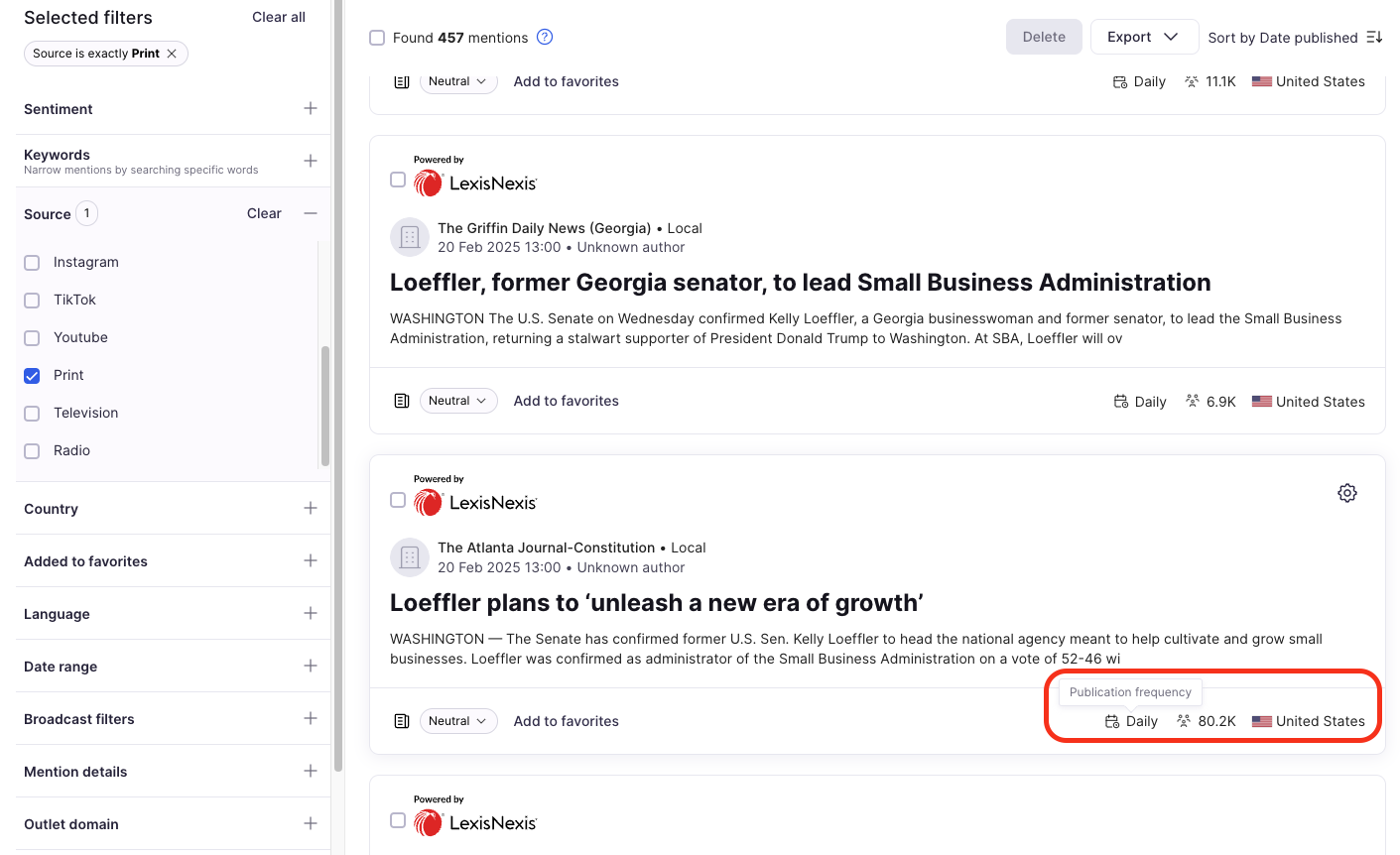
Keywords
Keyword tracking is great for filtering out mentions you’re not interested in. Using key phrases adds a little context to your query, so you can report only the results that reflect your real PR impact.
This way, using one query, you can create a number of charts, all filtered by different phrases, and compare the data.
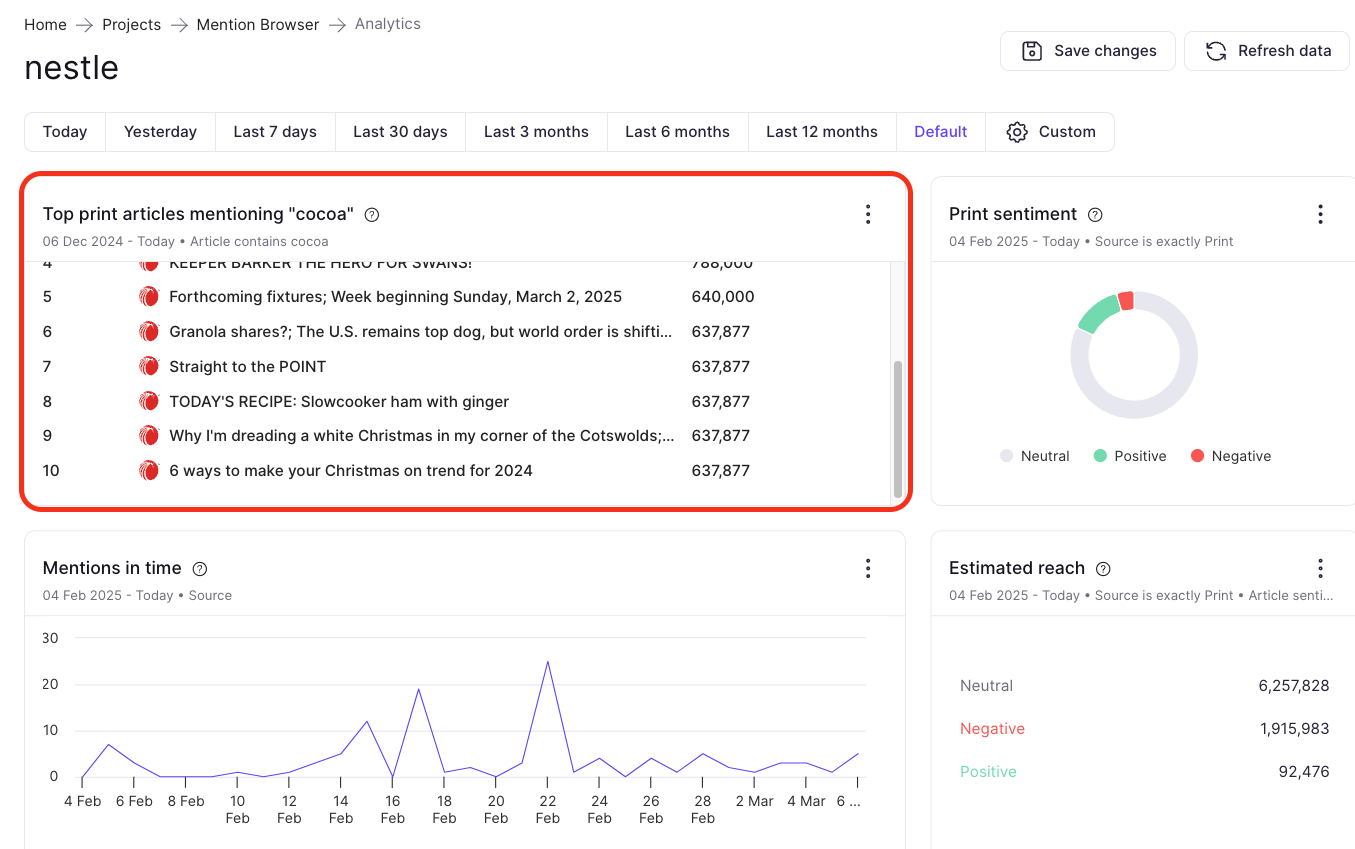
So, what can you do with these insights?
Media analysis with print media intelligence
Here are some use cases of print mention analysis. Most PR professionals have been in similar situations before.
PR crisis
A yoghurt brand issued a product recall. Your job is to monitor national and local titles to track the spread of the story, gauge public sentiment, and identify emerging issues in real time. This enables you to tailor your response and mitigate damage effectively.
All news sources are game in this situation. Social media platforms, online news, broadcast, and, you guessed it, newspapers. You can't miss out on what the most trustworthy news articles are saying.
Reputation management
Let's say a CEO of your company gives a controversial interview. The press is all over him; even trade publications cover his comments, and it's not good publicity.
You need to monitor print coverage to see how the story is being framed in various circles. This way, you can identify negative narratives and develop a plan to address them.
Read these articles to learn more about:
Investor relations
A publicly traded company has sent out a special announcement to trade publications. As a communication professional, you should monitor financial publications and business sections of newspapers to track how the news is being reported.
In this instance, media monitoring helps the brand manage investor perceptions and maintain positive relationships with the financial community.
Challenges in print monitoring
Is print tracking software the right choice for you? Let's break it down.
Comprehensive media analysis
It all depends on the scale of your operations.
If there's only a small handful of publications you'll be tracking (up to three), then you're fine with buying and browsing them yourself. But doing the same for five publications costs about $900 per year.
If your brand appears or is planning to appear in newspapers more often than that, then flipping all the pages by hand is a waste of time and resources. Buying separate subscriptions to specialized journals can cost $300-1,200 each.
Add keeping track of the competition to the mix, and analyzing paper media becomes a headache. Unless, of course, you're leveraging the right technology, such as mention alerts and AI-powered coverage summaries.

Paywalled content monitoring
Although we're witnessing a comeback to paper media, traditional magazines want to be accessible online. That's why print is evolving, adapting to consumers, and going digital.
The problem is that more and more major news outlets are closing behind paid subscriptions. Over 75% of top US newspapers and magazines have paywalls. If you want to be cost-effective about it, some tools offer access to paywalled content as part of a print monitoring service.
Overcoming the divide between offline and digital sources
Tallying up online and offline metrics is a must if you want a full overview of your brand's news coverage. Easier said than done—unless you use a reporting platform that gathers all your monitoring insights in one place.
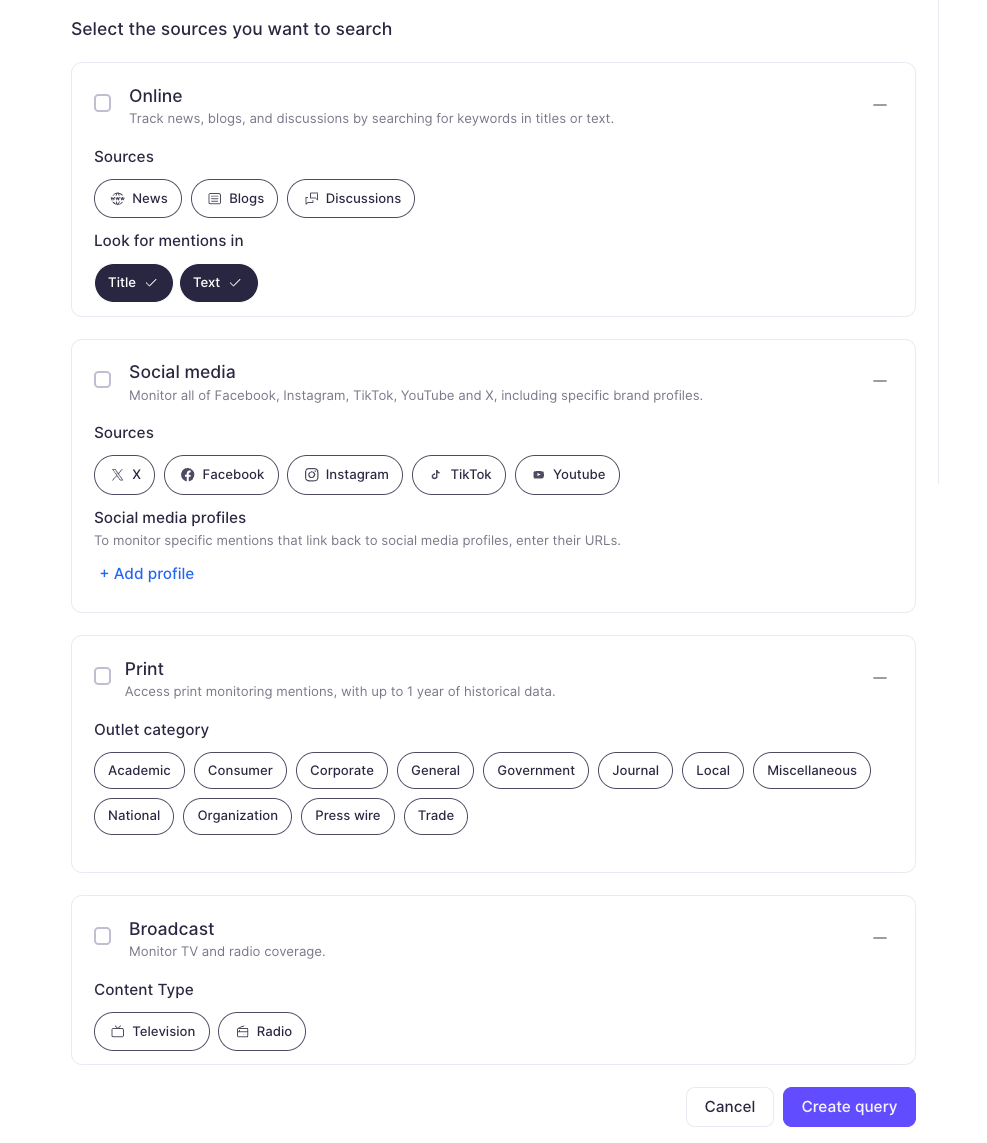
Over to you
Keeping track of your industry on a daily basis is one of the most important PR tasks. It's also extremely time-consuming, especially when you're trying to report your work's impact.
Remember: print monitoring is not just for big corporate budgets. You can get a tool that is tailored for your needs, not for Fortune 500 clients.
The digital age complicates many things, but print media monitoring isn't one of them. Try a dedicated software yourself and see how much easier your life can be!

